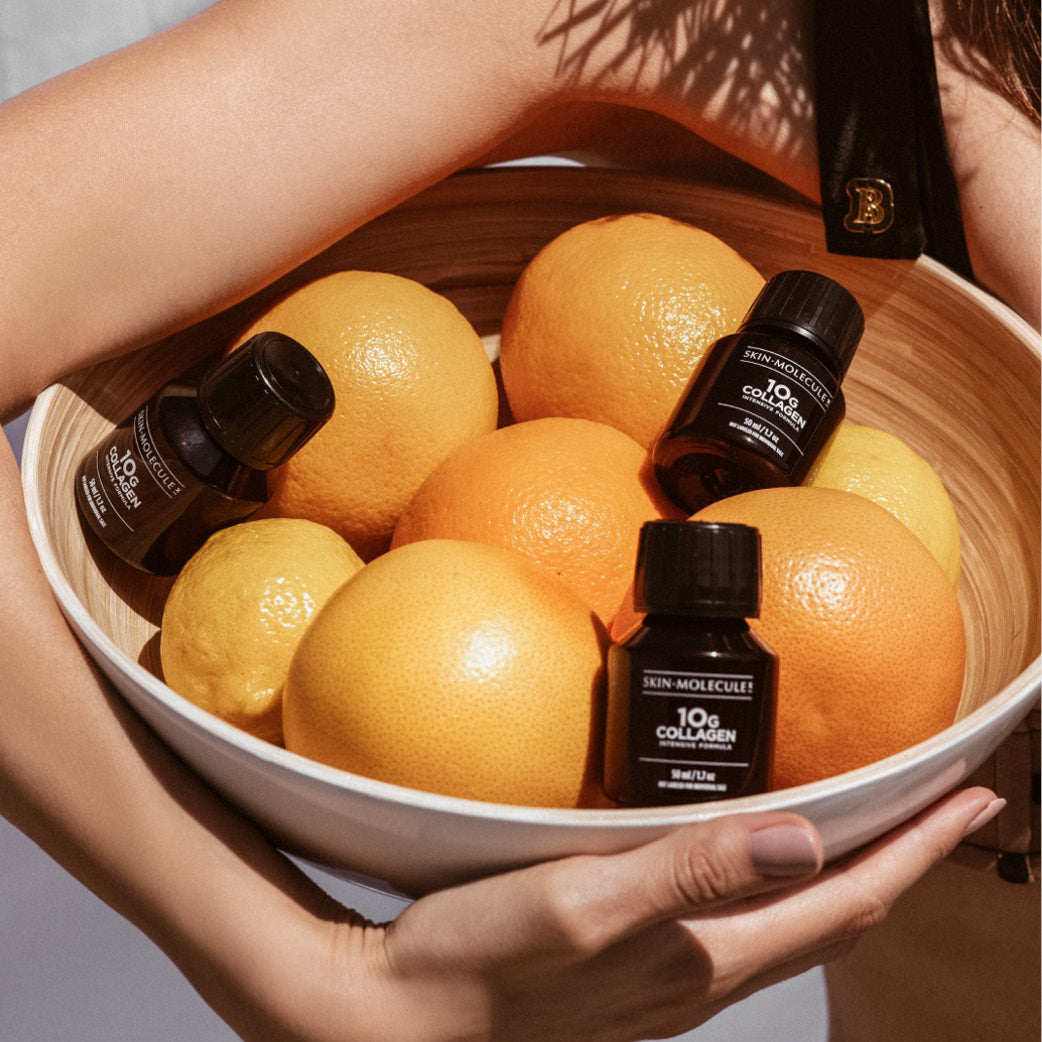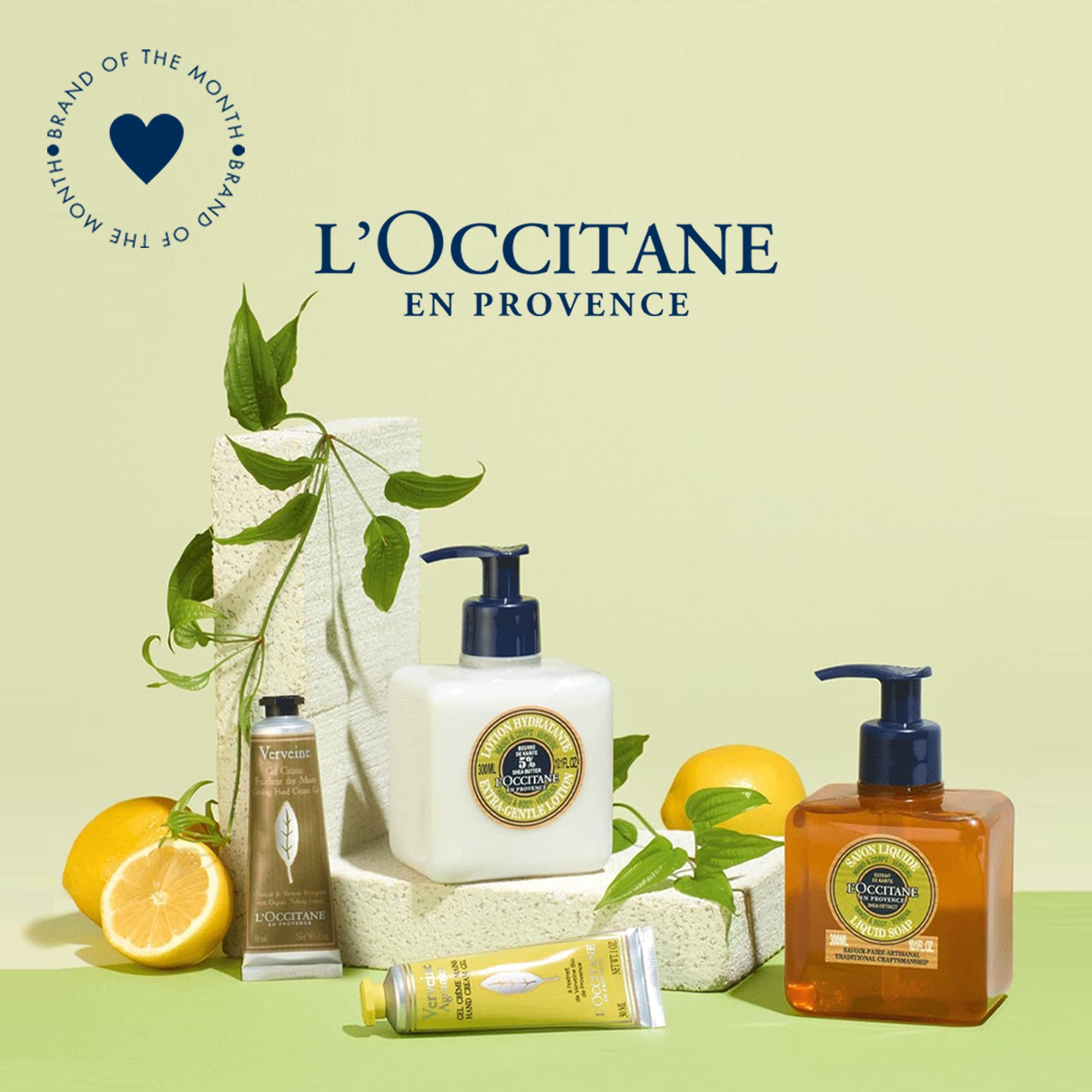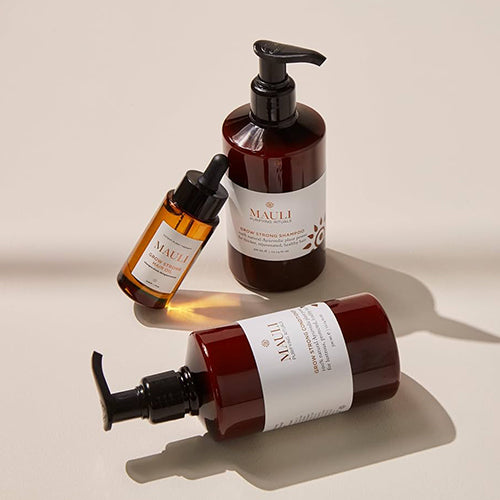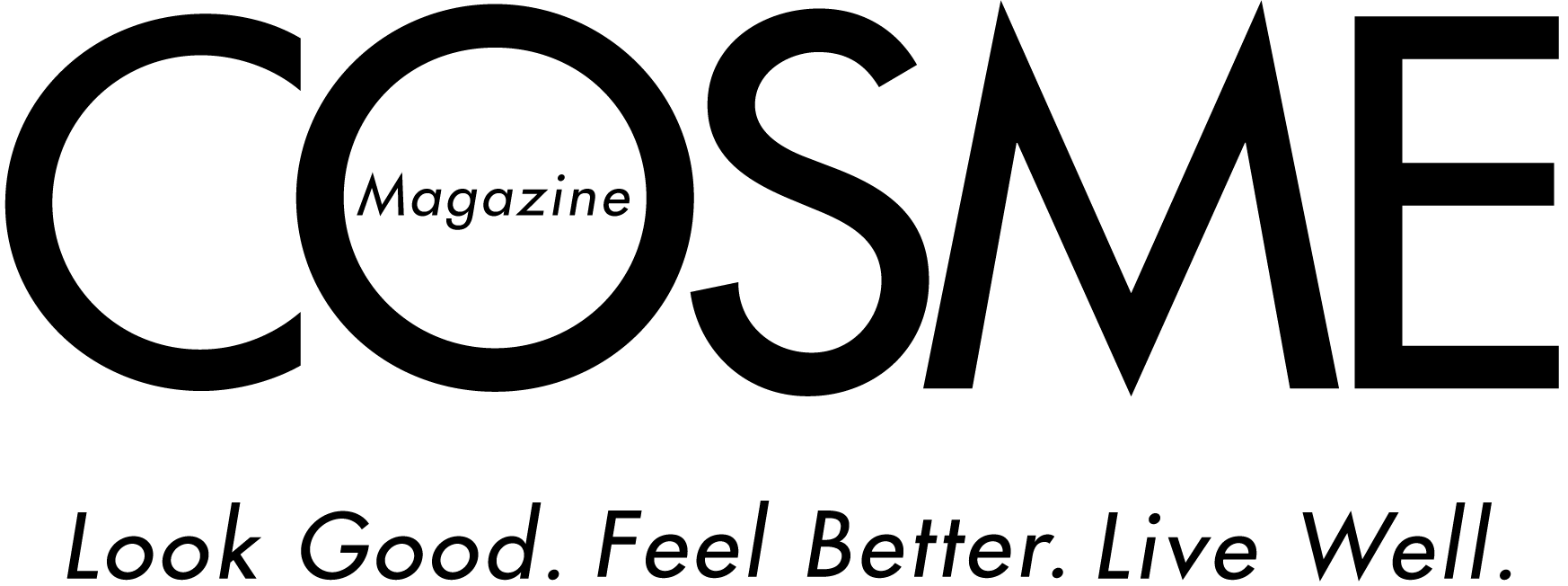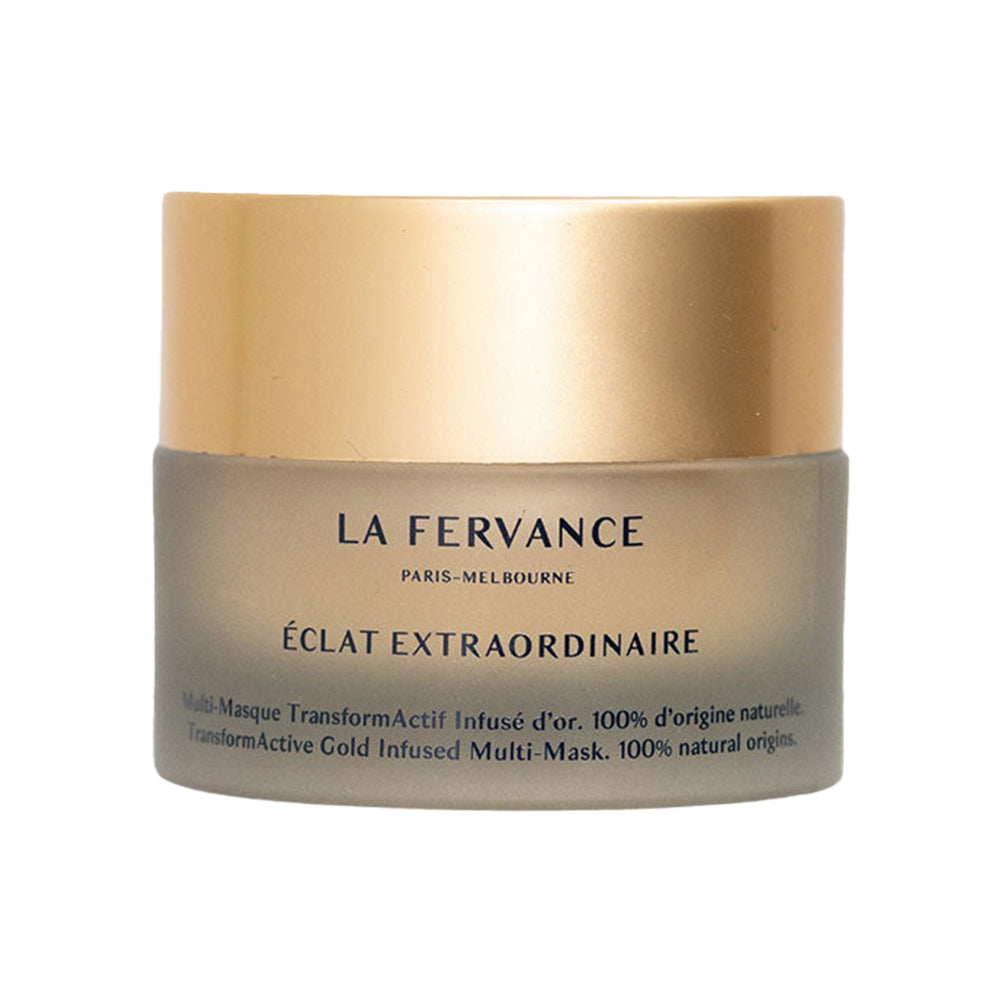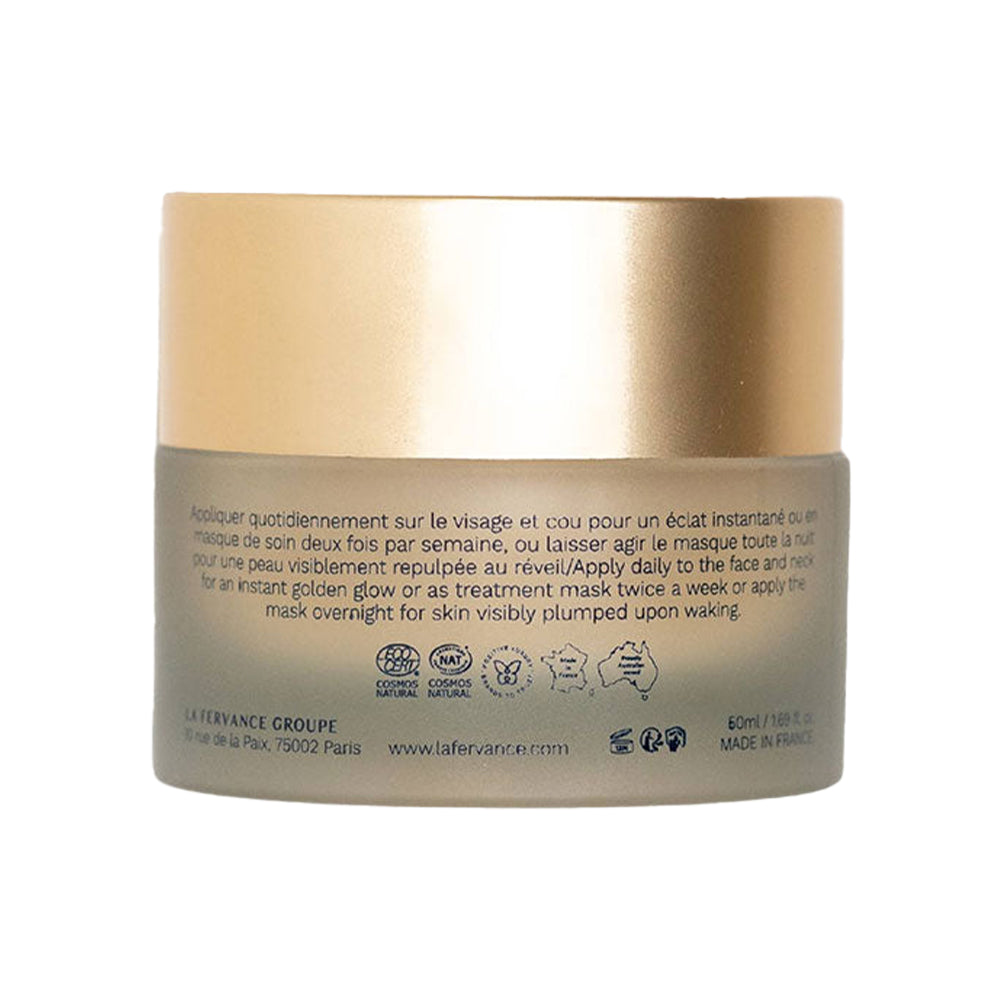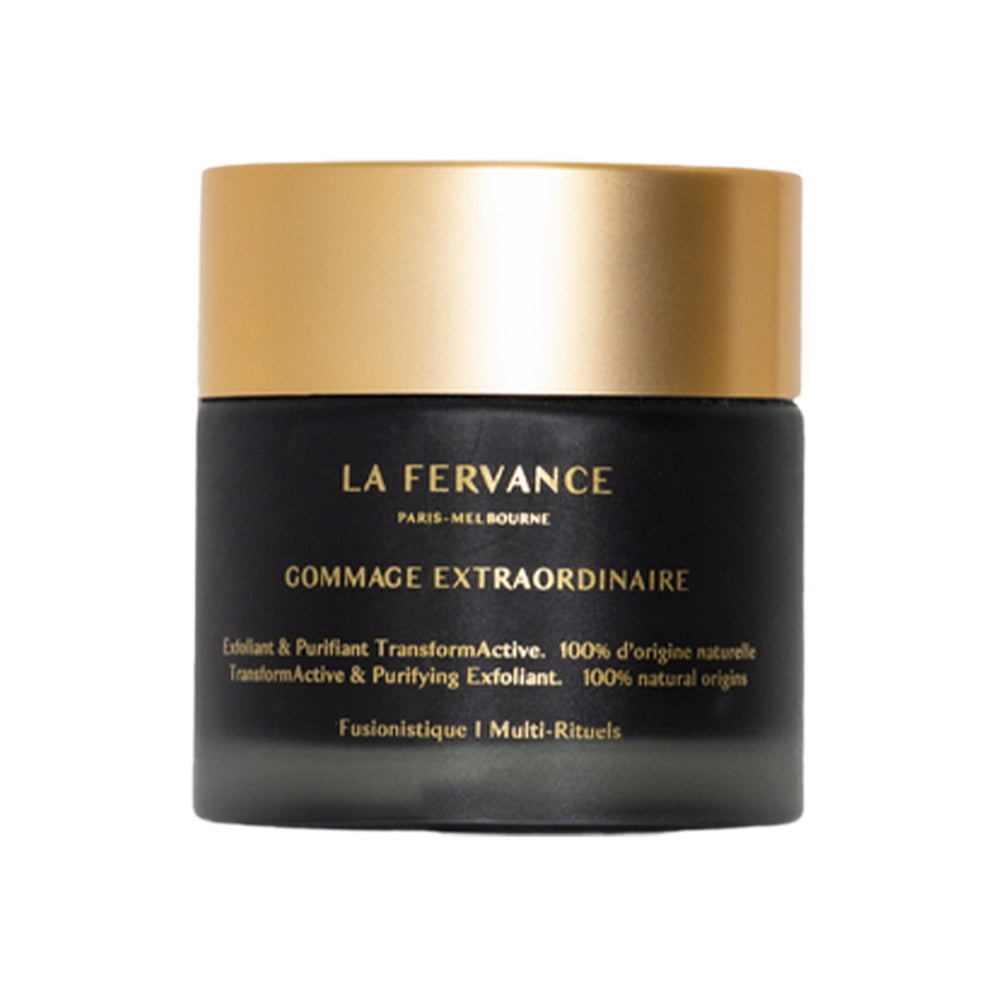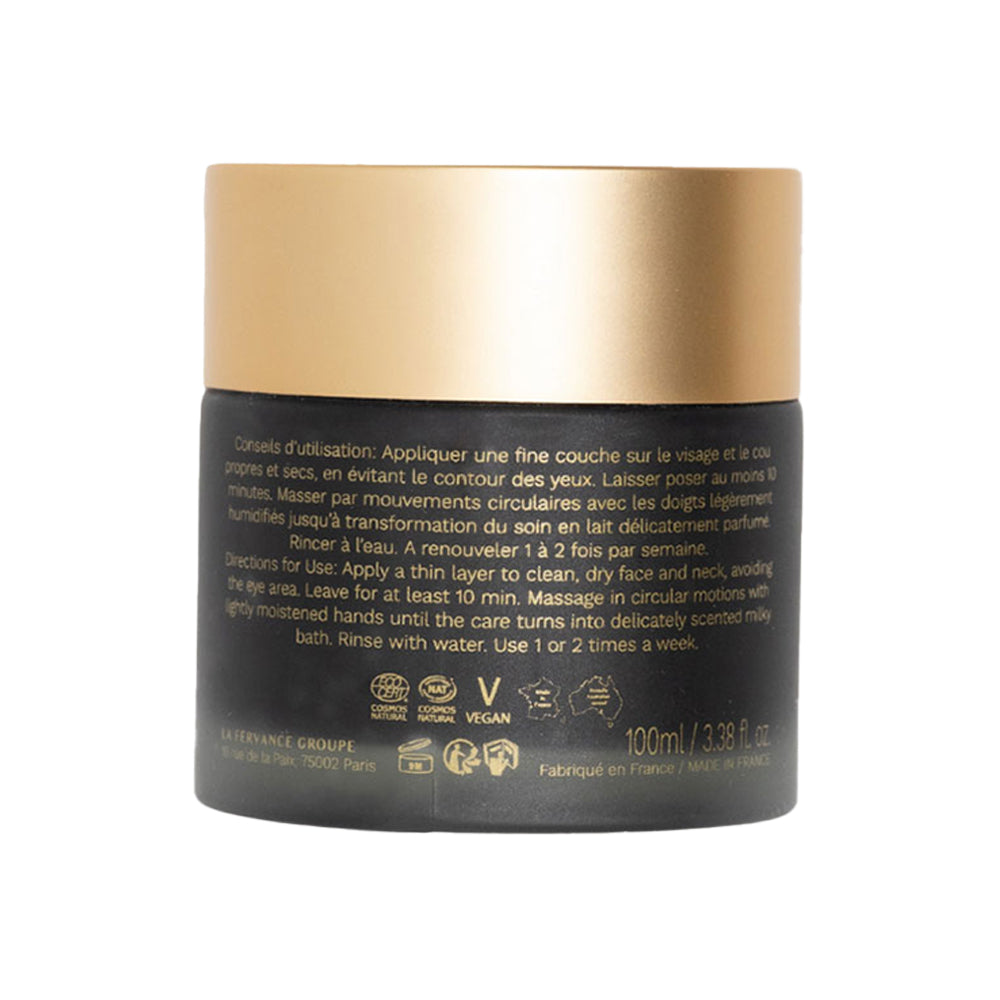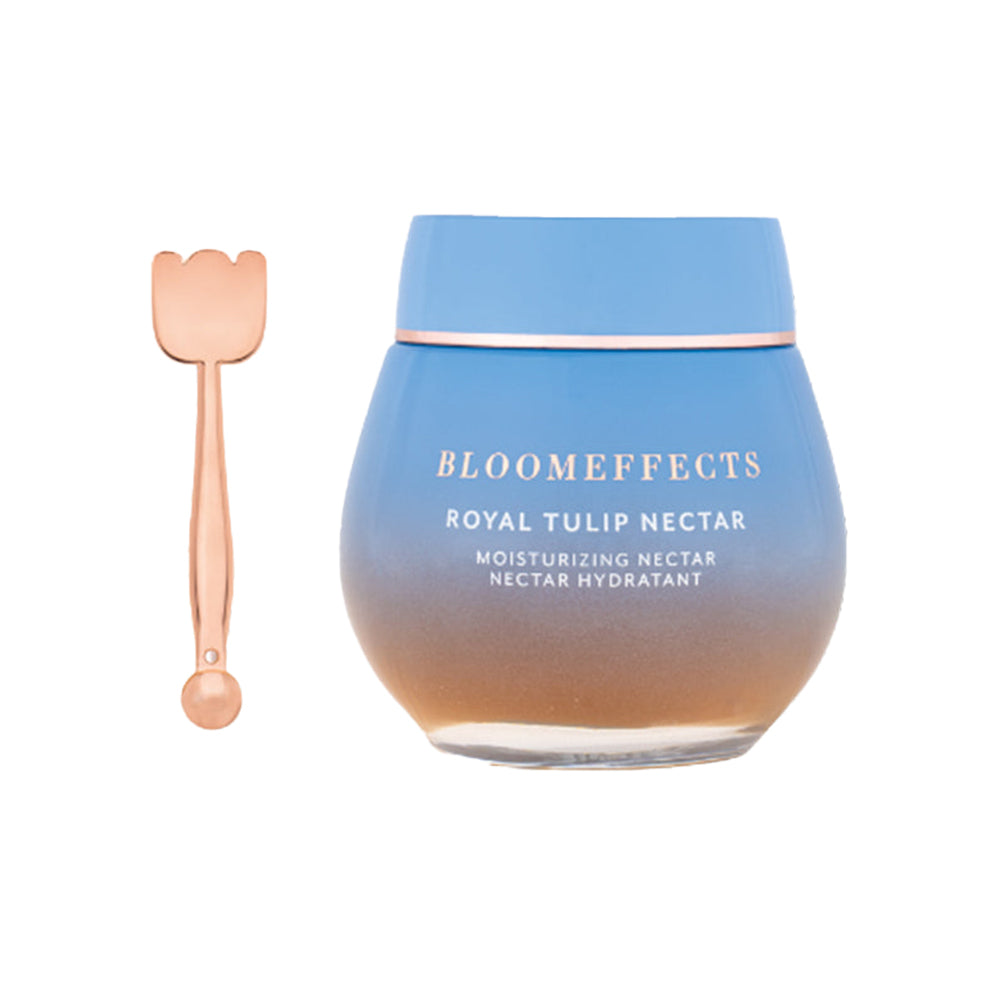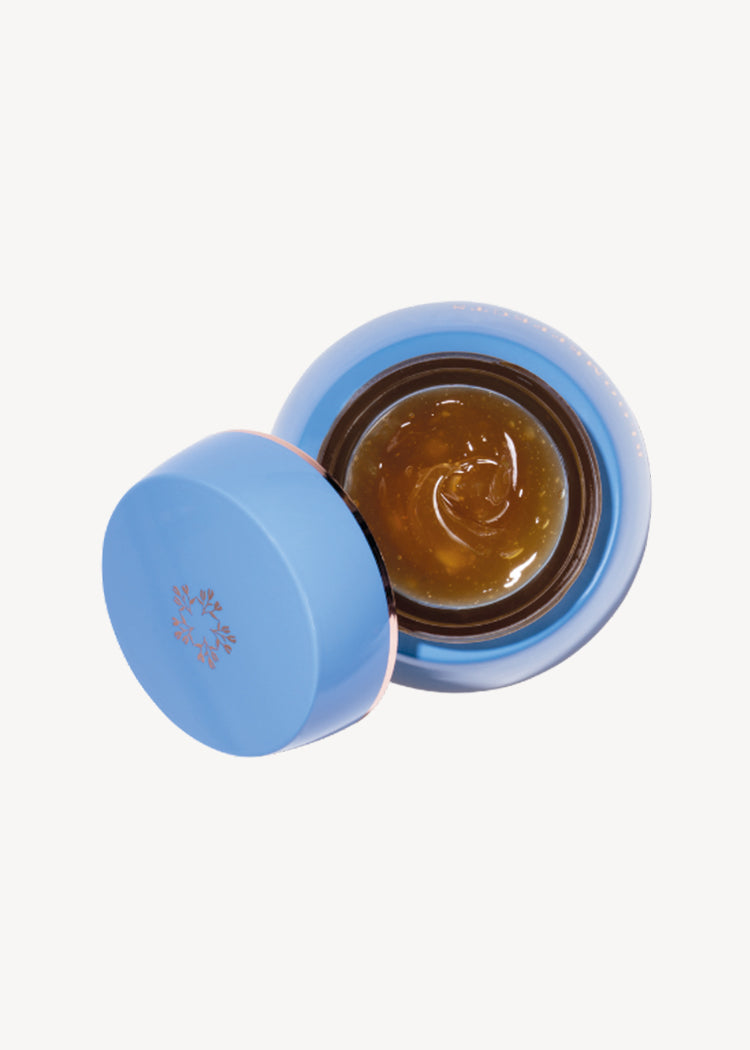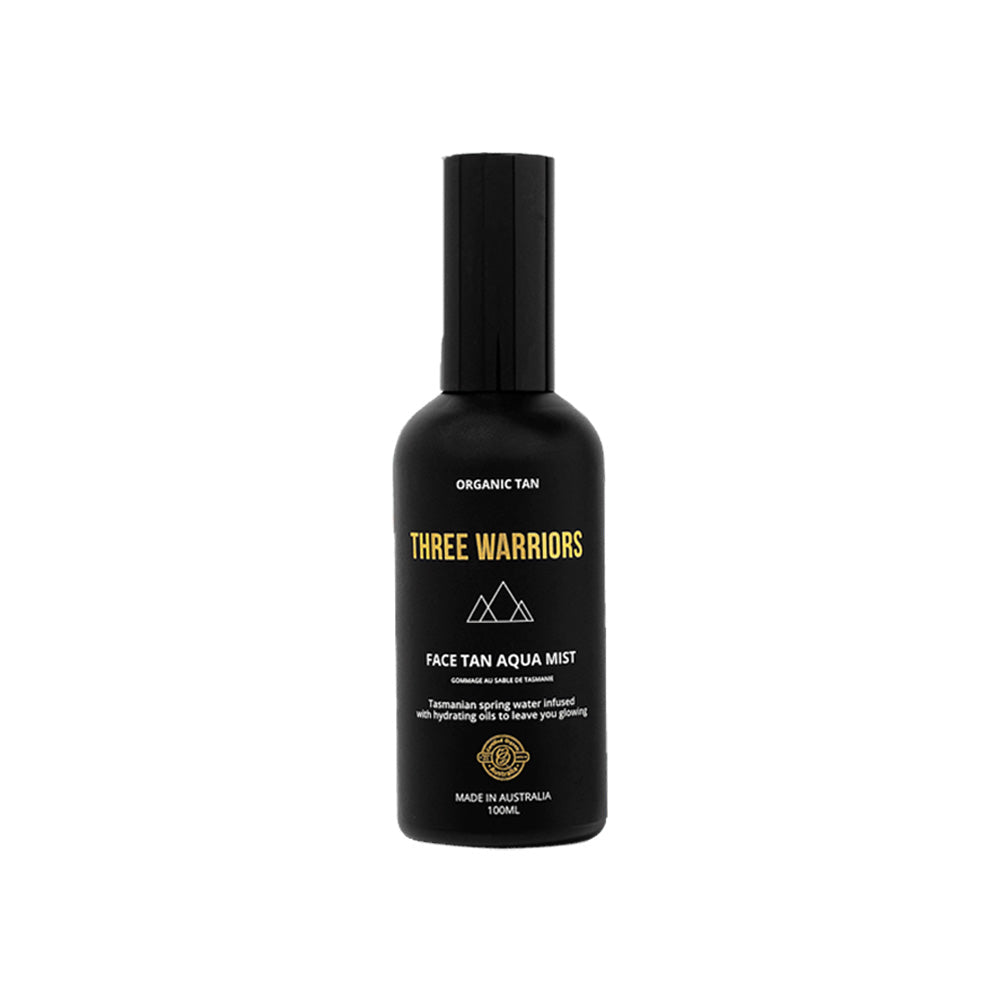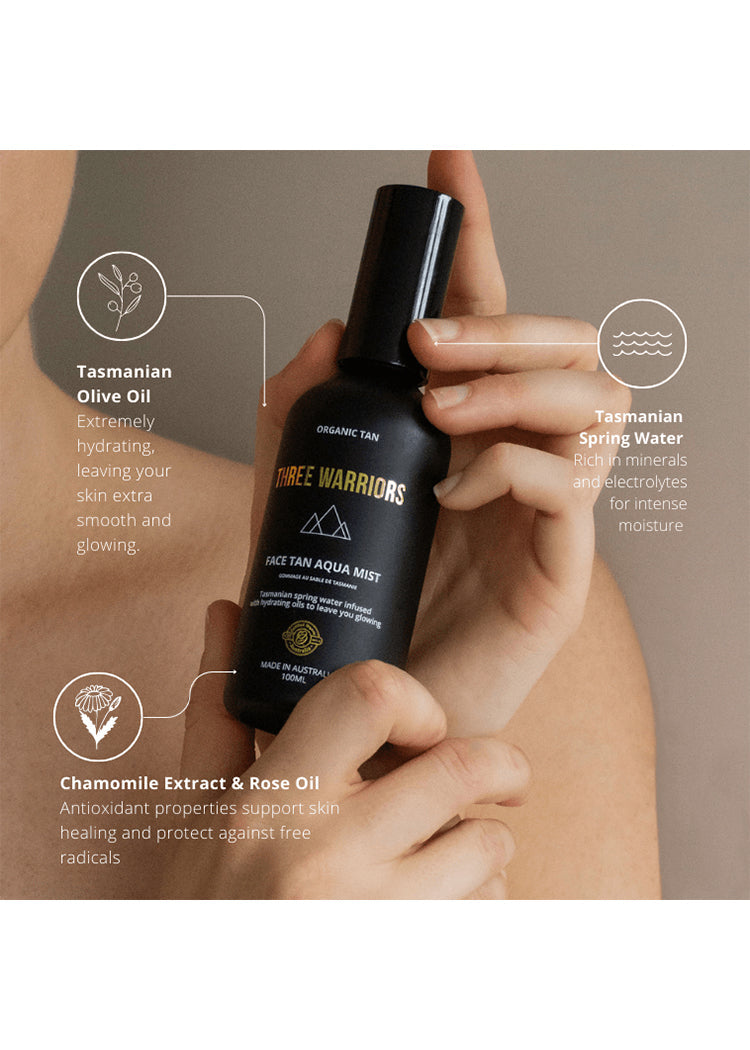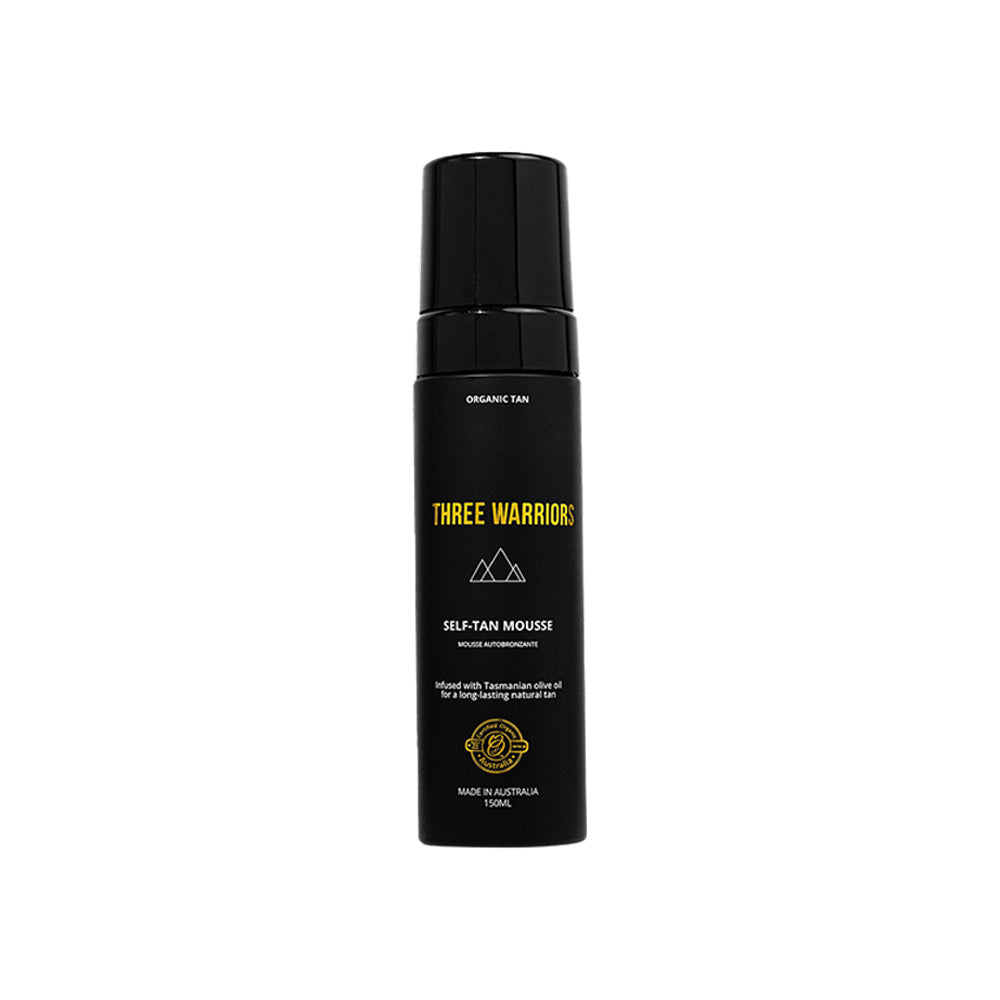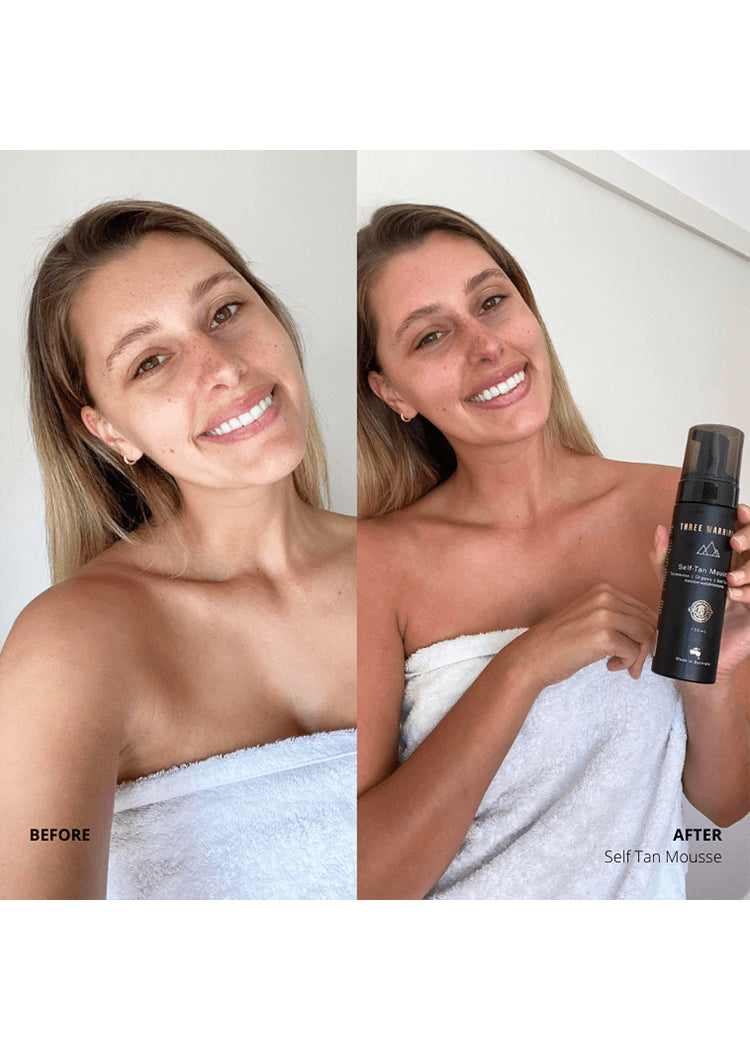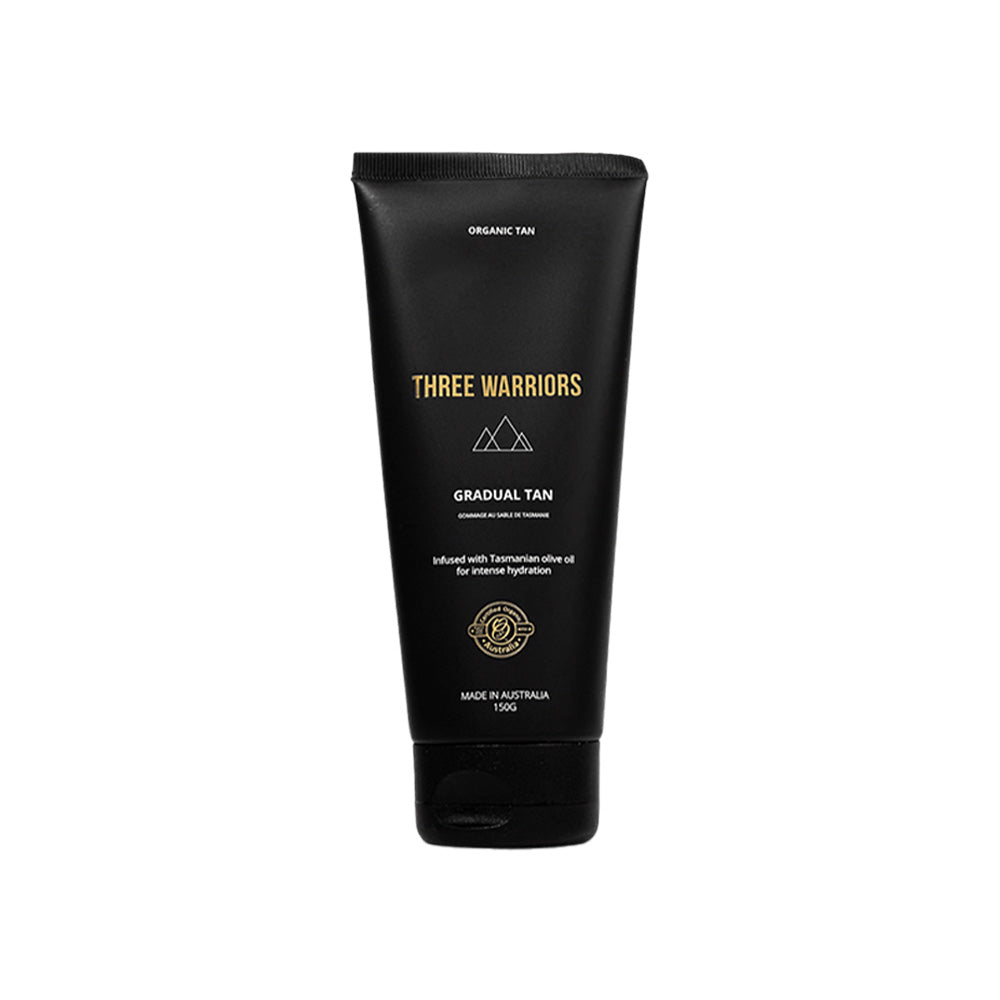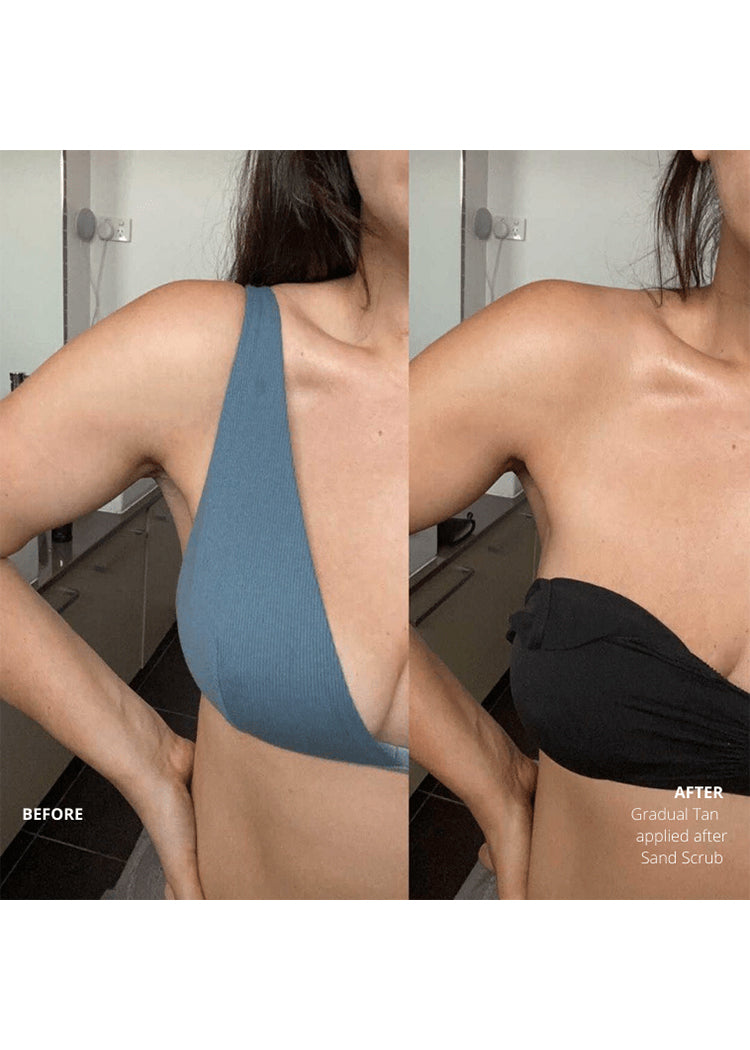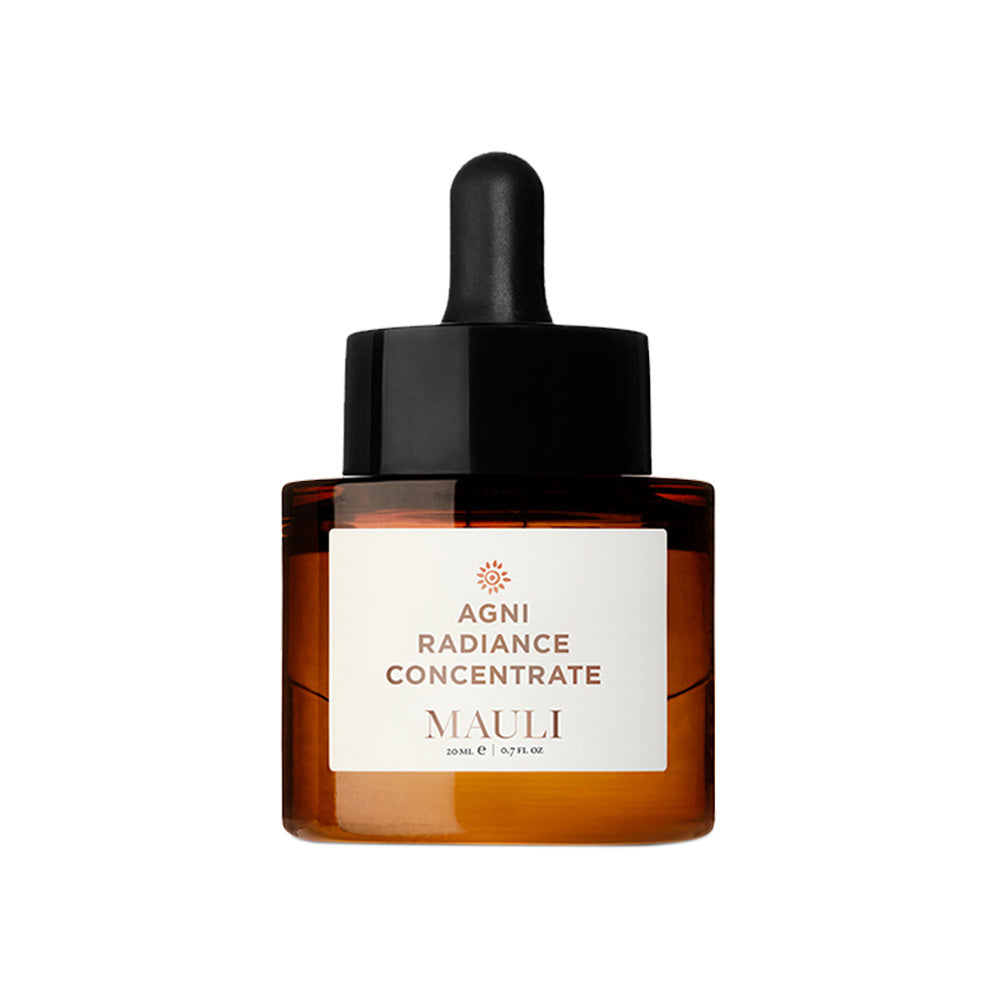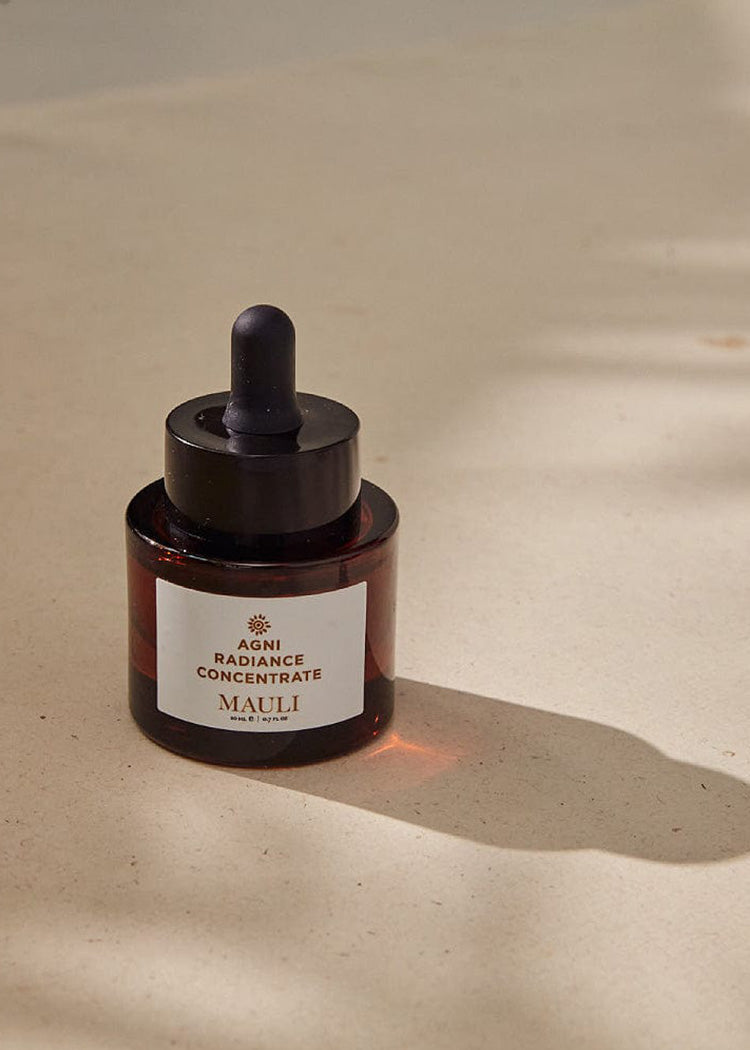A HYDRA-WHAT?
You may have heard the buzzword floating around in the skincare realm, but what exactly is a HydraFacial? Well, according to Maja Swiercynska, an aesthetician at Story clinics, the treatment method originated in late ‘90s California (unsurprising, considering the state’s reputation for glowing skin)! “The HydraFacial was the first hydro dermabrasion technology device on the aesthetics market. Over the years it became one of the most popular devices for non-invasive facials,” says Swiercynska.
This certainly appears to be the case across the UK, with many skin clinics now offering the patented HydraFacial treatment. HydraFacials target and aim to reduce concerns such as the appearance of fine lines, wrinkles, pigmentation, acne scars, blackheads, whiteheads, acne, and dry, dehydrated skin (so basically, almost everything)!
Advertised as a risk-free facial for busy people, the facial aims to provide instantaneous glow and rejuvenation to the skin in a flash. You could even pop out during lunch hour to get it done, as it claims to be non-invasive with virtually zero negative side effects.
HOW DOES IT WORK?
“The HydraFacial treatment targets the epidermis, the superficial layer of the skin. Treatment consists of 3 main steps: cleanse, extract, and hydrate,” says Swiercynska.
According to HydraFacial itself, there are separate components to each step. The first involves lymphatic drainage for the face before a gentle cleanse and exfoliation to remove dead skin and brighten the complexion. Next, the HydraFacial technology painlessly unclogs pores through vortex extraction (a little like a vacuum cleaner)! This helps to remove debris and eliminate blackheads. The skin is then nourished with moisturizers, before a protective layer of antioxidants, peptides, and LED light therapy is applied.
The main selling point, however, is that HydraFacials do not necessarily follow a one-size-fits-all approach. Dr. Aneesha Ahmad, founder of skin clinic Skyn Doctor says, “The facial can be tailored to individual skin needs with the use of additional boosters, and we can add in treatments specifically to help the lip and eye area. Other conditions where it has proved to be popular is the treatment of back acne.”
WHO SHOULD AND SHOULDN’T GET A HYDRAFACIAL?
HydraFacials are suitable for all ages, genders, skin tones, and skin types, according to the experts – this is a major benefit considering that some other skin treatments are unsuitable for darker or sensitive skin types.
Treatment can be customized and personalized with different products depending on skin concern, meaning almost anyone should be eligible for HydraFacials. “It is very adaptable to each client, and we can customize by adding specific serums/boosters or even taking out steps if necessary. For example, if someone is uncomfortable with getting a peel done, we can take out that step and add a specific active booster instead. If someone has congested skin, we can upgrade the exfoliation tip [on the device] to unclog the pores”, explains skincare specialist Maihvish Iqbal.
The consensus seems to be that the HydraFacial could be a solution for anyone whose skin has been looking dull or lackluster lately. The result claims to be healthy-looking, radiant, glowing, hydrated skin, regardless of initial concerns. With the promise of no discomfort or downtime, the treatment also appears perfect for people on the go. Iqbal does, however, add a caveat that you may wish to avoid HydraFacial if you are on acne medication such as Accutane, if you have cold sores, are pregnant, or breastfeeding.
AFTERCARE
The top tip from all the experts we spoke to is to wear a good SPF afterward (something like ZENii Antioxidant Sun Protector should do the trick). This protects your new silky-soft skin from further damage – remarkably, HydraFacial reports that 90% of skin damage is caused by sun exposure! A simple, gentle cleanser and moisturizer and staying well-hydrated are also recommended to maintain the effects – and that’s it!
It is even possible to apply makeup afterward if required (though you might want to make the most of your natural post-facial glow). As with many aesthetic treatments, experts do recommend avoiding the gym, pool, or sauna a day following treatment.
THE FACTS AND FIGURES
The cost of a HydraFacial can range from anywhere between £100 and £200, depending on location and whether you choose to have add-ons. According to HydraFacial, their providers can be found in an impressive 87 countries around the world.
Immediate results should last for four to seven days but your skin could benefit for a few weeks. Iqbal says, “As well as getting that immediate glow and hydration, your skin will continue to regenerate over the next couple of weeks as the HydraFacial infuses active ingredients into the skin. [For example] during the extractions step, the HydraFacial extracts blackheads and whiteheads but also infuses the skin with salicylic acid simultaneously. This rids the blackheads immediately but also keeps them at bay for longer as the salicylic acid continues to work in the skin.”
SO, DO HYDRAFACIALS ACTUALLY WORK?
Are they worth the hype? A fundamental benefit is that they appear to be inclusive, relaxing self-care treatments with all the benefits of an active skin peel.
The downside seems to be that the results are unlikely to be long-term. Experts recommend a HydraFacial around once a month if you want longer-term results in reducing the appearance of concerns such as acne scarring and wrinkles; it’s even possible to have the treatment as often as once a week.
If you are new to facials, simply want to refresh your skin routine, or fancy a pre-holiday or pre-event glow, this could be a low-risk, high-reward option. Relaxing and comfortable, yet effective in actively transforming the skin, HydraFacial seems to offer clients the best of both worlds.





